A small plot of active floodway that was overrun with invasive trees and shrubs is now vegetated with black cottonwood (Populus trichocarpa), willow (Salix sp.), Wood’s rose (Rosa woodsia), golden currant (Ribes aureum), Oregon grape (Mahonia aquifolium), red-osier dogwood (Cornus sericea), and other native species.
The 0.11-acre Notch property, owned by the Idaho Department of Lands, is located near the head of Eagle Island on the north bank of the Boise River. The Notch serves as a pilot project for the Boise River Enhancement Network to study different methods to manage invasive false indigo (Amorpha fruticosa) and to enhance overall condition of riparian areas. You can view the Notch from the Greenbelt.
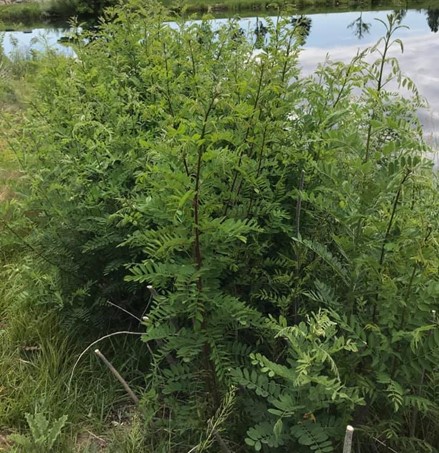
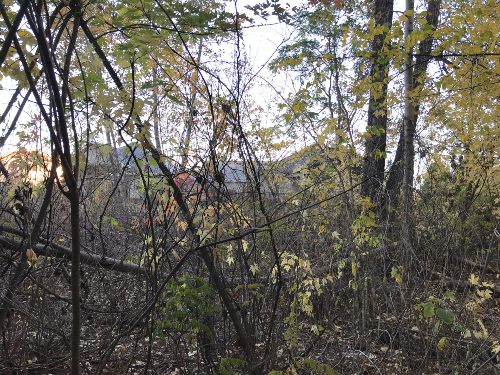
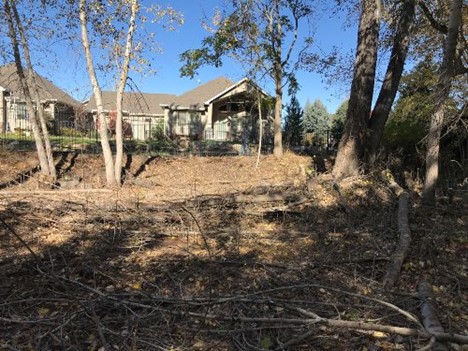
The project began in October 2020, when professional fellers were hired to remove non-native trees and shrubs (false indigo [Amorpha fruticose]American elm [Elmus americana], Tree of Heaven [Ailanthus altissima], and silver maple [Acer saccharinum]) that dominated the plot.
In November 2020, six (6) 6 x 6 meter study plots were established to test removal methods for false indigo. False indigo on four (4) plots received herbicide treatment (Pathfinder®II or Garlon®4) and two (2) plots served as control plots. 20 volunteers braved a snowstorm to remove the remaining False indigo in all plots and immediately applied herbicide (where assigned). Volunteers also planted black cottonwood seedlings and wrapped existing cottonwoods with wire to protect them from beavers that had been busy at the Notch. Volunteers were treated to a hot lunch provided by Luis Trevino of Trutta Fishing.
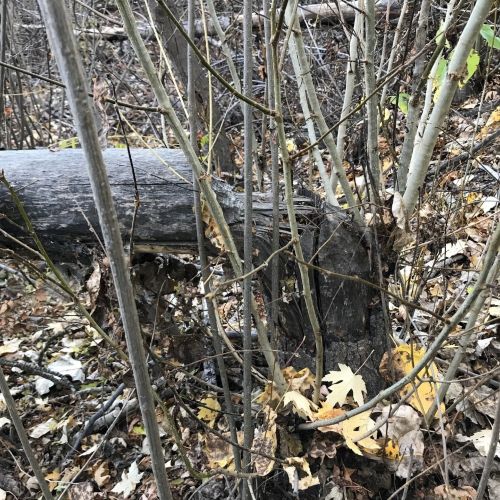
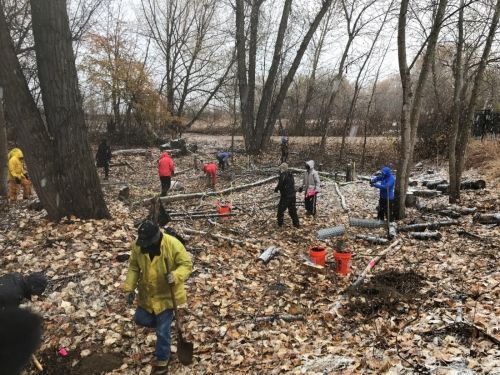
In March and April 2021, volunteers returned to plant two (2) very large bushels of willows, 10 black cottonwood seedlings, 12 Wood’s rose, and one (1) Oregon grape. Jon and Spencer Roundy planted Wood’s rose and Oregon grape they grew from seed.
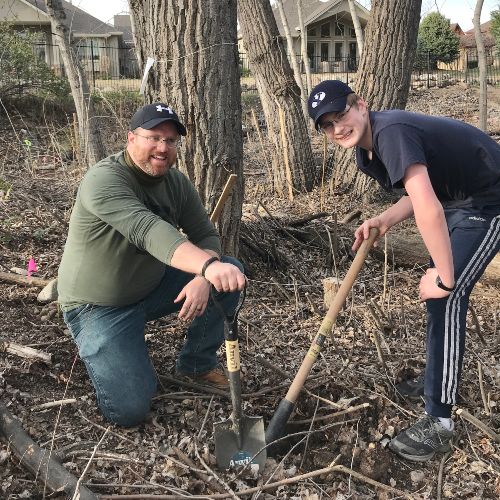
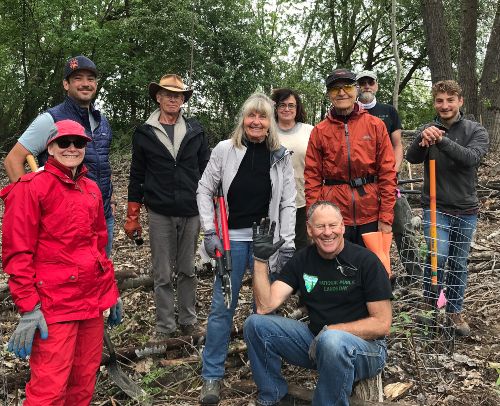
In May and July 2021, the plots were monitored for the presence of false indigo using the Daubenmire Cover Class Method, which is a rapid approach for estimating canopy cover. Monitoring forms were filled out for each plot and will be incorporated into a final monitoring report. Following monitoring, the False indigo was pruned again and treated with herbicide (if assigned). Any false indigo growing outside of the plots on the property were also removed and treated.
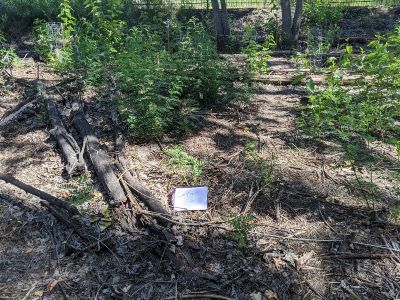
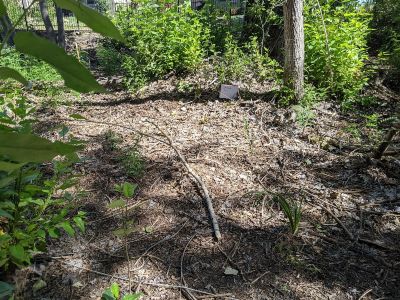
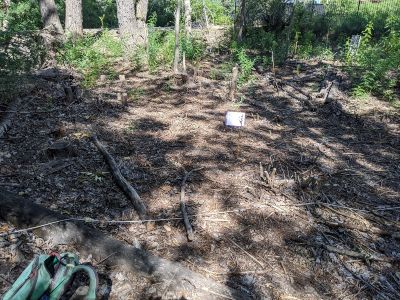
Throughout the summer of 2021 volunteers have visited the site to water the plantings. Amazingly, almost all the plantings have survived!
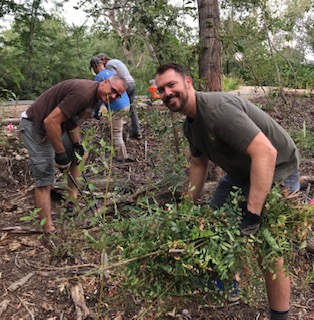

While the study of false indigo management methods was more observational than scientific, the preliminary results suggest that Garlon®4 is more effective at treating false indigo than Pathfinder®II; however, both were effective at preventing false indigo resprouts following two (2) applications of herbicide. Exposure to the sun from the removal of tree canopy, also appears to stress false indigo.
The plots will be monitored a third and final time in fall 2021, at which point all remaining false indigo on the Notch property will be removed and treated with herbicide. BREN will continue to visit the site to plant native species and remove invasives, as needed, throughout 2022.
A big thanks to the Idaho Department of Lands for cooperating on this project. The project is permitted by City of Garden City.